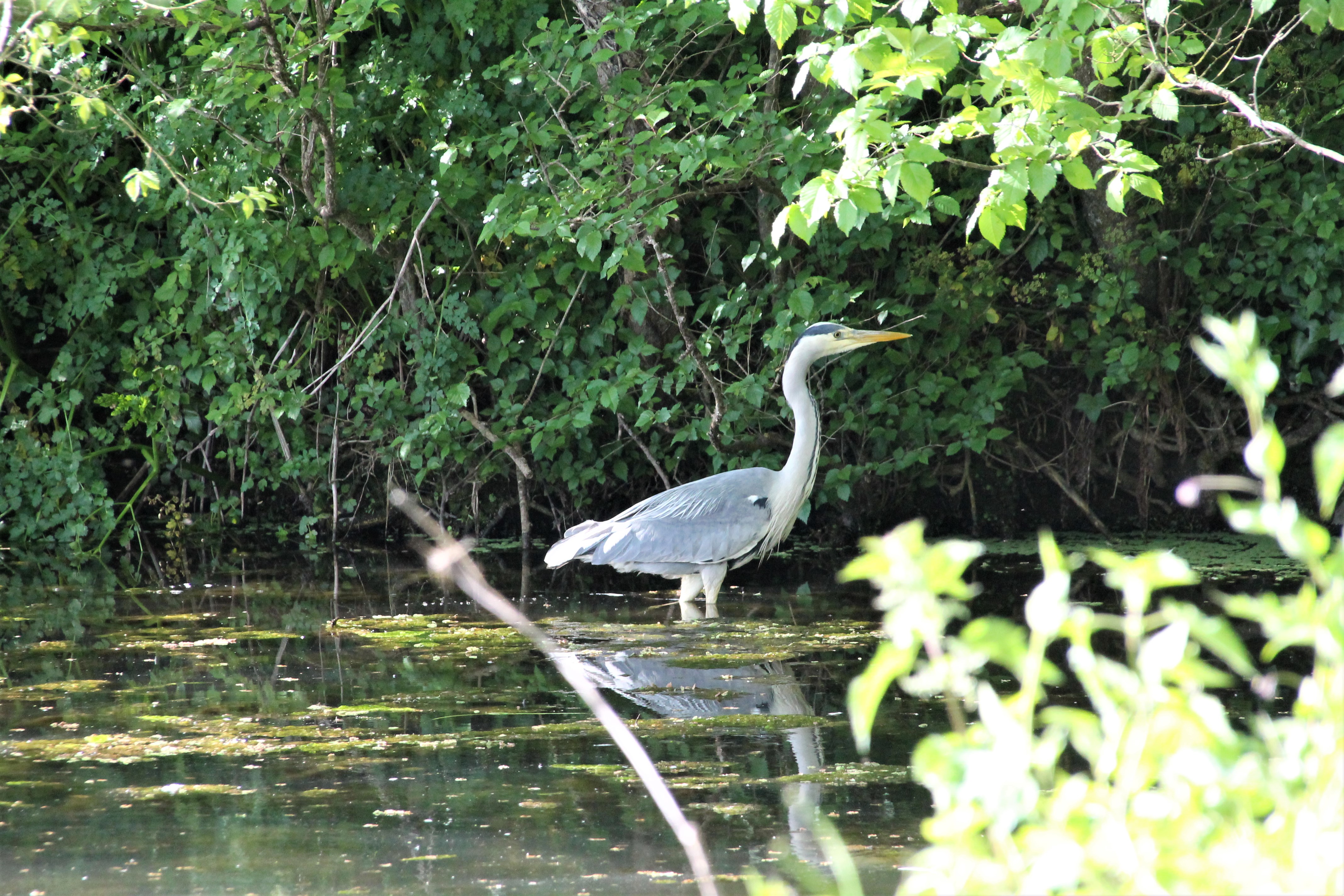Omnivorous waterbirds such as ducks play an important role as dispersal vectors via direct ingestion, transportation and egestion of plant and invertebrate propagules (i.e. endozoochory). Predatory waterbirds may also disperse plants and invertebrates that were first carried internally or externally by their prey animals, but this has been little studied to date.
Scientists from the Doñana Biological Station - CSIC investigated the potential of the grey heron (Ardea cinerea) to disperse propagules within and among aquatic ecosystems. They hypothesized that (1) herons disperse a wide variety of plant and invertebrate propagules, from different habitats, and including alien species; (2) propagules are ingested with prey species that are primary dispersal vectors (i.e., herons are secondary dispersers); (3) heron pellets show a similar abundance and richness of propagules across their widespread range.
They studied 73 regurgitated heron pellets from 12 locations across the United Kingdom and The Netherlands. Pellets were dominated by mammal hairs (99% by volume), and bones confirmed the ingestion of small mammals (prevalence of 38%, e.g. water voles Arvicola amphibius), fish (14%), and birds or amphibians (6%). A total of 266 intact plant seeds were recovered from 71% of the pellets, representing 50 taxa from 17 plant families, including the alien Cotula coronopifolia. The cumulative number of plant species dispersed was lower at higher latitudes. Plant taxa were dominated by Caryophyllaceae, Cyperaceae, Juncaceae and Poaceae, with 24 species from the littoral zone (Ellenberg moisture values of 7-12) and 21 terrestrial species (Ellenberg moisture values of 4-6). Intact invertebrate propagules were found in 30% of the pellets, dominated by Cladocera (Daphniidae) and Bryozoa (including the alien Plumatella casmiana). Herons disperse plant and invertebrate propagules from both aquatic or terrestrial habitats, and facilitate connectivity between freshwater and terrestrial habitats.
Reference:
Maria J. Navarro-Ramos, Andy J. Green, Adam Lovas-Kiss, Jacinto Roman, Kane Brides and Casper H. A. van Leeuwen. A predatory waterbird as a vector of plant seeds and aquatic invertebrates. Freshwater Biology. https://doi.org/10.1111/fwb.13870
https://doi.org/10.1111/fwb.13870








 Las altas temperaturas están provocando que las lagunas y las marismas de Doñana pierdan agua rápidamente
Las altas temperaturas están provocando que las lagunas y las marismas de Doñana pierdan agua rápidamente



